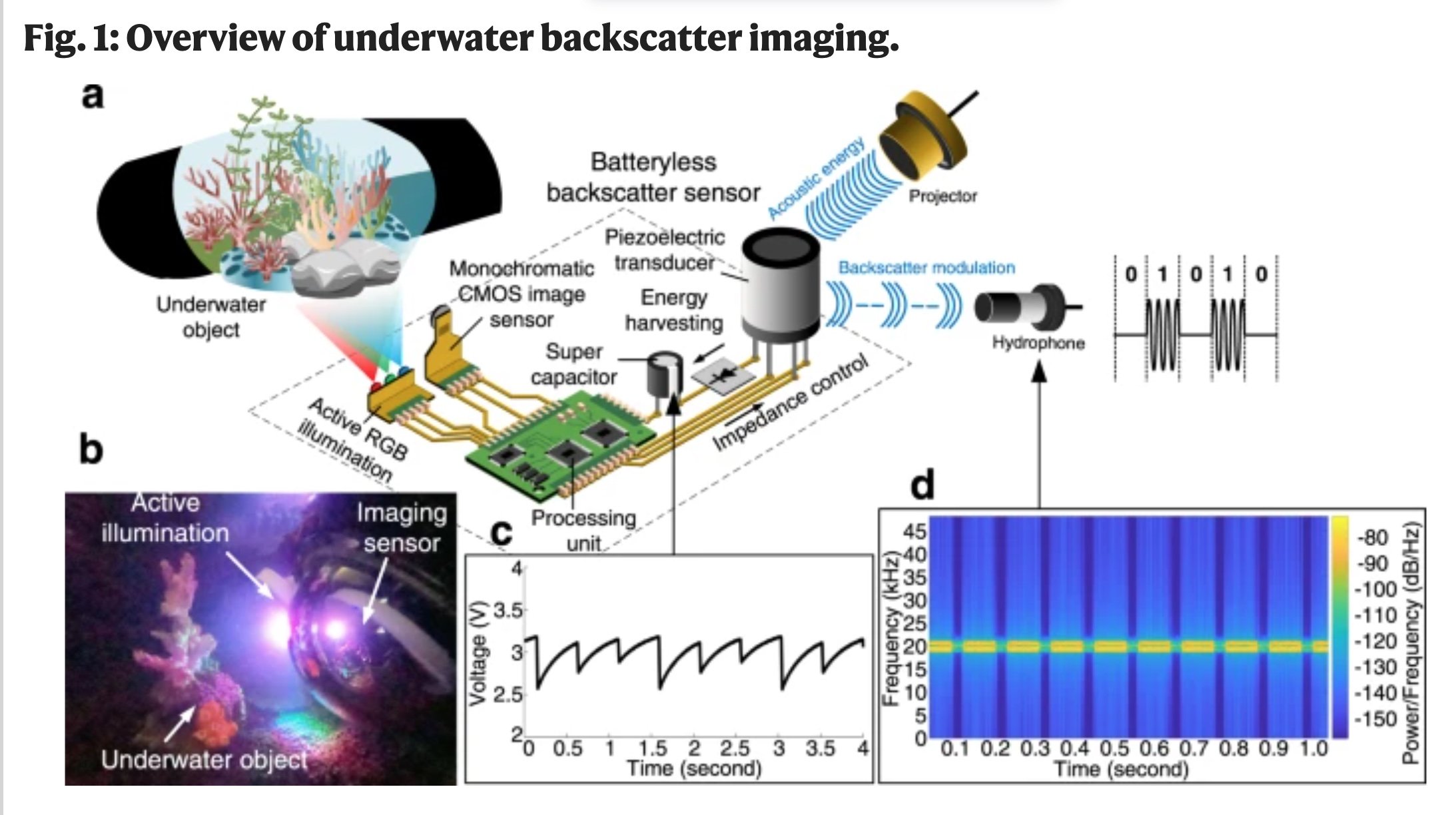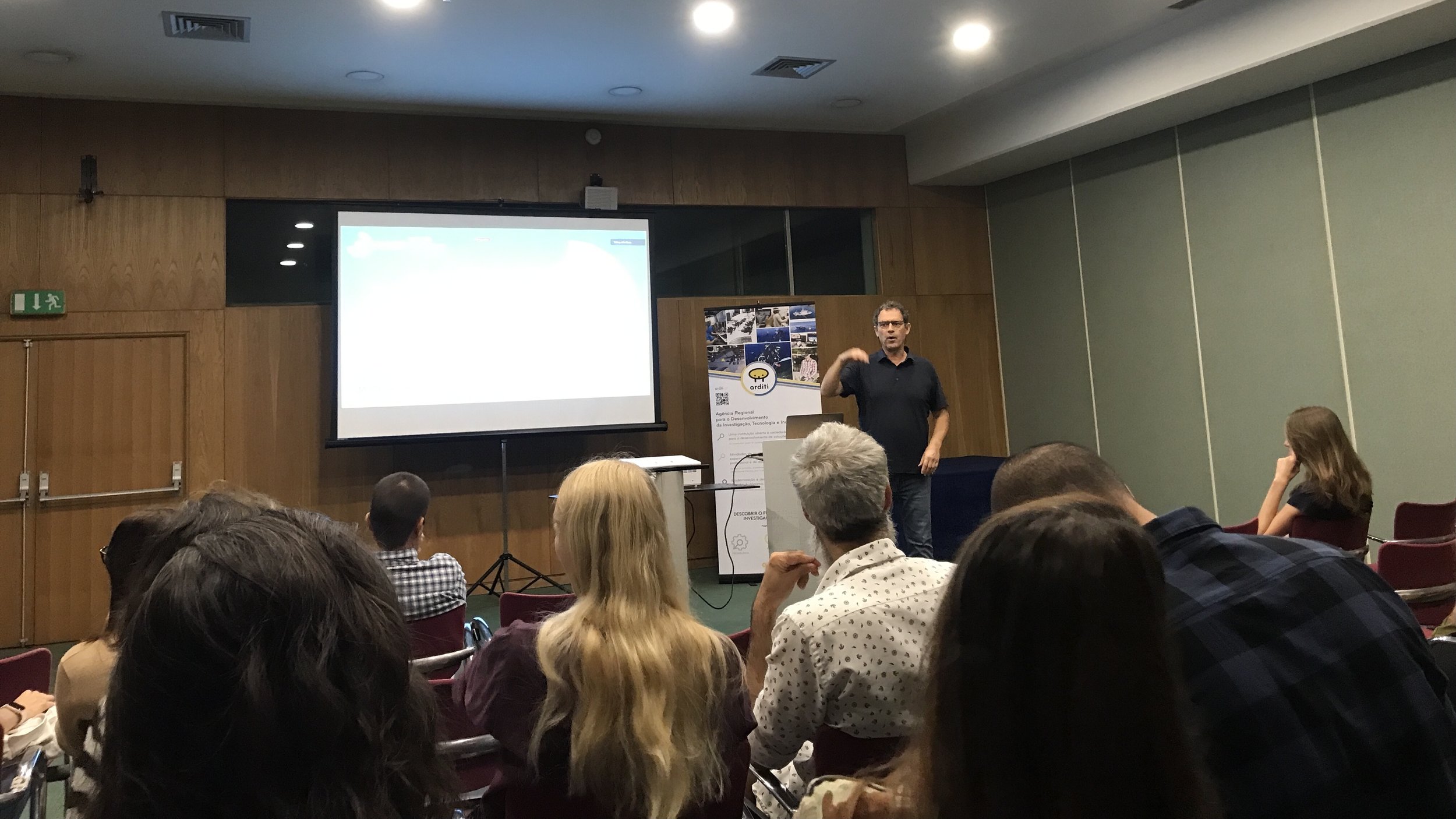Monday
ONE
Conversation with Marko about whale/turtle telephone and difficulties of wifi in water: radio waves don’t travel well in water but acoustic waves do. I hadn’t understood previously that the sensors designed by Wave Labs can only transmit when at the surface, so the turtle or whale telephone idea would not transmit real time data as the animal was submurged.
We discussed the idea of the turtle telephone (mechanical flap book) being a pleasing artwork even when it is not receiving data - since it has an inherent level of anticipation which gives the object an affective charge. The activation would be always a possibility, even though, in actuality only activated at lucky moments when the turtle surfaces while an audience member is present. The expectation inherent in the existence of the artwork has a kind of frisson and mystery in any case.
Ethical issues for me though are present. I wouldn’t feel comfortable testing the device (which attaches to the turtle - so is invasive) for the purposes of an art installation. It is justified for scientific data collection because ultimately data about marine animal behaviour serves to bolster conservation efforts - at least that is the argument used. If the attachment was happening for scientific purposes anyway, I am reasonably comfortable that an artistic side product would be an additional benefit. It would be a way to bring the science to public awareness.
Here’s a video of the device in action.
TWO
Got on to a discussion of ceramic cylinders as temporary batteries powered by acoustic energy: see image of batteryless backscatter sensor using piezoelectric transducer below.
I raised the possibility of whale powered PAM. In other words the whale sounds power their own means of being recorded, in a kind of virtuous circle of energy storage and transmission. Apart from the sinister fact that it makes the whales complicit in their own survelliance, I can’t remember quite why we concluded this wouldn’t work. I guess it always tends to come back to the fact that it takes energy to create or conserve energy. Perhaps it’s like my previous suggestion of the noise cancelling at source. Discuss again later.
THREE
I continue to work on the Ahab’s Ghost paper. it’s slow because concentrated time for it is difficult to find. I am rewriting from a critical perspective, framing the paper as how arts thinking can help in refining the research question and critically reflecting on the first iteration of the project. It’s unusual in my eyes to write about a project I wasn’t there at the inception of but Marko is open to it being a critical reflection from the perspective of someone coming in new to it. Papers getting published are very important in my hosts research context so I want to help if I can, but I remain uncomfortable.
Tuesday
Weekly Wave Labs meeting. Marko brought up the arts thinking paper and asked Rueben, Francisco and Joao for their reactions. Interestingly (to me) Joao equated arts thinking with non-empirically based ideas like religion and so is deeply uncomfortable with it. He trusts science but finds art too woolly (my words) and unsubstantiatable to be trustworthy or useful. Rueben was more comfortable with artst thinking or ‘staying with the question’ having a role, and Francisco felt that he had been trained in interdisciplinary communication as part of his bachelor degree, but nobody except Marko really felt there was much to be learned from the approach taken by the Leonardo article. I suggested that the arts thinking was not supposed to be conducted by the same person doing the design or science thinking, but it was about how collaborations could help bring out new ideas and questions. In many ways, Wave Labs and even Mare Madeira is already doing this by its very existence. The new part is having an artist resident. It remains to be seen what will come of this experiment…
WEDNESDAY
Dive refresher course. Met Mifalda, an intern who is a biology graduate who is interested in pursuing a career in marine biology. She’s been working with Eva, Marta and Laura and whoever will take her out for field work. She suggested I persist and offer help to whoever needs me in order to get taken out more.
Thursday
Got whale otilith printed. It is solid inside, since the stl file was only displaying the exterior surface.
Holding this in my hand and discussing it with the team has enabled me to finally connect the dots that bring togehter the idea of the whale telephone, communicating with whales, hearing their calls, a desire to interact without intrusion (silence) and the technological know how of the Wave Labs team.
The idea is to print a hollow version (I need Dinarte’s help with Blender or similar to adapt the Stl file) at a size in which we can fit a tiny speaker, proximity sensor and SD card which randomly selects whale and dolphin calls to play back. When the participant lifts the structure to their ear they will hear a marine mammal call.
I had two ideas of how to make it even more ingenious, and to properly use the skills of Wave Labs in advancing low cost, low-energy tech, while also enhancing the artistic concept by allowing a two way ‘communication’. (what would you say to a whale?).
I was struck by the fact that the printing plastic looks gorgeous - like bone or porcelein, but it feels like plastic, whereas what would be much nicer to feel would be ceramic. This brought to mind my earlier conversations with Marko about ceramic cyclinders using resistance to work like temporary batteries. My idea is that the participant would speak into the orifice and then raise the otilith to their ear, when a randomly selected (or calibrated, depending on the utterance?) would be played back.
To tie in a further cultural reference, I suggest the ideal would be if they had to hit the G#, the 52 herz frequency of the loneliest whale. Marko seems very pleased with the way this has all come together into a project we can all collaborate on and bring our skills to. If we could really combine the technology and the art in this way then the idea would be really good, both in terms of artistic resonance and innovative potential.
FRIDAY
ONE
Thinking further about the whale otilith. There are multiple possibilities about how the recordings might be selected:
Option A. Marine mammal calls are randomly generated.
Option B. Recordings which are selected in response to the particular pitch/frequency of the participant’s vocalisation. You would have to either play around with pitch in order to get a response (ie. not all frequencies would be responded to) or else each time you altered your pitch you woudl be rewarded with a corresponding change in mammal call.
An additional question is, what kind of calls to include. I like the simplicity of sticking to whale calls. It’s a whale ear, so one would expect the correspondence to be with a whale. I think this is my preference, but there’s something to be said for a variety of frequencies and types of calls that would be available across species. And if we use more than one species of whale, why not extend to all cetaceans?
Perhaps a ‘gamification’ aspect could be included to the extent that the goal is to ‘speak’ to a whale, but if you don’t find the right frequency, you will get other creatures responding instead, such as dolphins…. Perhaps with repeated efforts you are rewarded with longer recordings or more complex sounds? This will be dependent on what proves possible
The other issue is how to instruct the user. The most aesthetically pleasing for me would be a kind of booklet - a poetic illustrated pamphlet that guides the user in a mythological way. A story that is read alongside the piece and serves as an instruction manual, but in a non-realistic way.
I NEED TO THINK OF A NAME. Whale telephone is too prosaic, and the idea of Turtle Telephone or (better I think) Turtle Telegraph works better for the flap book. Otilith, ear stone, touchstone, whale stone,
João is away but when he returns on Monday it will be a chance to brainstorm the technology and decide on a size for the 3d printed object. Meanwhile Dinarte has agreed to sort out the inside of the otilith tonight on Blender.
TWO
At the Mare monthly large team meeting I introduced myself and was approached by one of the interns working with Laura, Clara Benito. Clara is originally from Alicante, studying for her Masters in Tenerife and is helping with analysis of spectrograms. She’s keen to help out if I go out in the boat.
Carlos Andrade and João Canning-Clode presented an update and Diane updated on her year’s progress in comms too. Two notable events coming up in December: 1. the Deep Sea Symposium 18-19 December, which might offer an opportunity to share work in progress and 2. the Christmas stall - not sure of date - either 11th December or third week in December? Diane is trying to arrange.
THREE
I also lunched with Laura and asked if it was the expense of the boat or her time preventing her from going out more and asked whether she would like to accompany some trips if we fund the boat. She said it is both. Monday may be her last chance to go out this year. a. she is nearing the amount of data she needs for her PhD b. she’ll be away for a couple of weeks on a course c. in December OM take the boat out of the water for maintenance.
In case I get the chance to go with her on Monday (she’ll text on Sunday) Francisco helped me find and prepare the plastic extension tubes so that I can mount my Go-pro more effectively.
FOUR
Cool Reads (the tech department’s weekly reading group) was the article about the piezo electric backscattering which Marko presented and explained to me, Ankit, Francisco, Rueben and also Patricio who joined via zoom. In the polymer between layers of ceramic cyclinders I am reminded of the recent advances in CT scanning of cetacean hearing which indicate the importance of the fat as connective tissue in the hearing apparatus.
We talked about the possibility of simultaneous powering and recording of sounds without the need for external energy sources. It’s a thought experiment is all but interesting. Marko suggested that a natural echo is a form of recording that uses distance to inject time which we perceive as repetition (which you could see as a finite, one-off form of recording) and that my proposal for the whale earbone would be doing the same but reduced to proximal space - I commented that an echo is a kind of illustration of spacetime and in my theoretical example we reduce the space but preserve the time through using a denser material. Don’t know what I mean by this but it seemed interesting in the moment.
GHAFFARIVARDAVAGH, R., AFZAL, S. S., RODRIGUEZ, O. & ADIB, F. 2020. Ultra-Wideband Underwater Backscatter via Piezoelectric Metamaterials. Proceedings of the Annual conference of the ACM Special Interest Group on Data Communication on the applications, technologies, architectures, and protocols for computer communication. Virtual Event, USA: Association for Computing Machinery.







